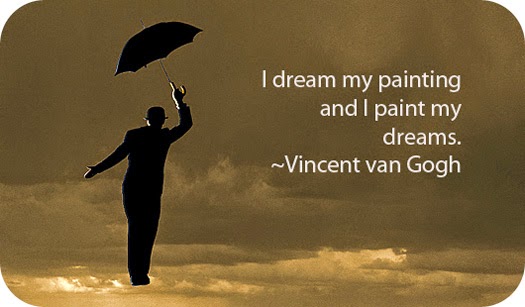Science believe that humans have evolved through organic evolution,
and our distant ancestors were Amoeba like one cell organism.
Gradually in long course of time,
cell grouped to form tissues, then tissue system, organ, organ system
and the result is here,
Homo sapiens
the last and latest biological creation of nature.
Multicellularity in organic evolution: a new perspective
1. Symbiont body:
Actually our cell, cell organelle and even chromosomes are other organisms, embedded in.
It appears that we humans are the 'symbiotic probability', a mechanism of 'living in group' (multicellularity) found best by mother nature, to survive on earthly environment.
So at a given space and time, we are not one, we are many in full potential, behaving as one for the greater benefit of each participant in this trillion of individuals working jointly in the body of ours.
http://sciencedoing.blogspot.in/2012/02/cell-multicellularity-in-new.html
1.Cyanoebacteria with incipient nucleus are the flag bearers of life. Life moved onward on evolutionary path with these simpler non nucleated structures, then came the Amoeba like one cell organism with true nucleus. Then on, evolutionary journey up to the appearance of human is a long course of history in organic evolution.
But are not these Cyanoebacteria still with us, within our body, in each cell of every plant and animal of today as their cell organelle, namely Mitochondria and Plastids, secretly hidden, playing pivotal role in our existential physiology?
http://sciencedoing.blogspot.in/2013/02/mitochondrion-cell-organelle-symbiotic.html
http://sciencedoing.blogspot.in/2013/02/chloroplast-cell-organelle-symbiotic.html
2.Each cell of our body among it's trillions fraternity, is a group of potential organism in itself capable of living an individual life of their own; have discarded their individuality just for the sake of combine symbiotic existence for the greater benefit. When even a single cell choose to lose this self abiding contract of sacrifice and becomes unruly in a way, then whole human body as an organization is at loss and have to die.
http://sciencedoing.blogspot.in/2013/12/cancer-cell-behaving-as-organism.html
So in a way we are the assemblage of trillion of individual capable animals, who have forgotten their individuality just for the sake of 'evolutionary code of conduct learned & stored in DNA'.
http://sciencedoing.blogspot.in/2014/05/multicellularity-programmed-cell-death.html
3.Viruses which are proven cellular organisms (http://sciencedoing.blogspot.in/2013/03/viruses-are-cellular-organisms.html) lie hidden in our chromosomes as endogenous retroviruses in thousands. http://sciencedoing.blogspot.in/2014/03/100000-viruses-hid-in-human-genes.html
4.Human body as collection of organisms:
http://sciencedoing.blogspot.in/2014/03/human-body-and-theseus-paradox.html
Many a time our single cell have shown their individuality and capabilities of their own, which amazes the physiologist.
http://sciencedoing.blogspot.in/2013/04/red-blood-corpuscle-enucleation-and-in.html
#And apart from that, the 'parasitic play in the body', is another angle, which alternates our thinking, even much before we perceive that long interplay.
2. Parasitic brain:
We normally presume that the animals are in control of their own actions, that they are in charge of their bodies. And that is often not the case.
https://www.ted.com/talks/ed_yong_suicidal_wasps_zombie_roaches_and_other_tales_of_parasites
As Ed Yong the science writer and Ted speaker (https://www.ted.com/speakers/ed_yong) talks about how parasites turn our thinking sideways.
In an example of Artemia, parasitic tapeworm hijacks their brains and their bodies, turning them into vehicles for getting itself into a flamingo. Ed Yong has given many examples of parasitic manipulation.
https://www.ted.com/talks/ed_yong_suicidal_wasps_zombie_roaches_and_other_tales_of_parasites/transcript
Ed Yong says, we place such a premium on our free will and our independence that the prospect of losing those qualities to forces unseen informs many of our deepest societal fears. Orwellian dystopias and shadowy cabals and mind-controlling supervillains -- these are tropes that fill our darkest fiction, but in nature, they happen all the time.
 |
Ed Yong
Photo: James Duncan Davidson
|
Yong is particularly taken by parasites’ “capacity to subvert our thinking about the world… They invite us to look at the world sideways. And this makes them as wonderful and charismatic and wonderful as any panda, butterfly, or dolphin.”
http://blog.ted.com/2014/03/20/how-parasites-turn-our-thinking-sideways-ed-yong-at-ted2014/
http://proof.nationalgeographic.com/2014/10/31/catching-zombies-in-the-act-how-to-picture-parasites/#.VFzLVHO1qGE.twitter









